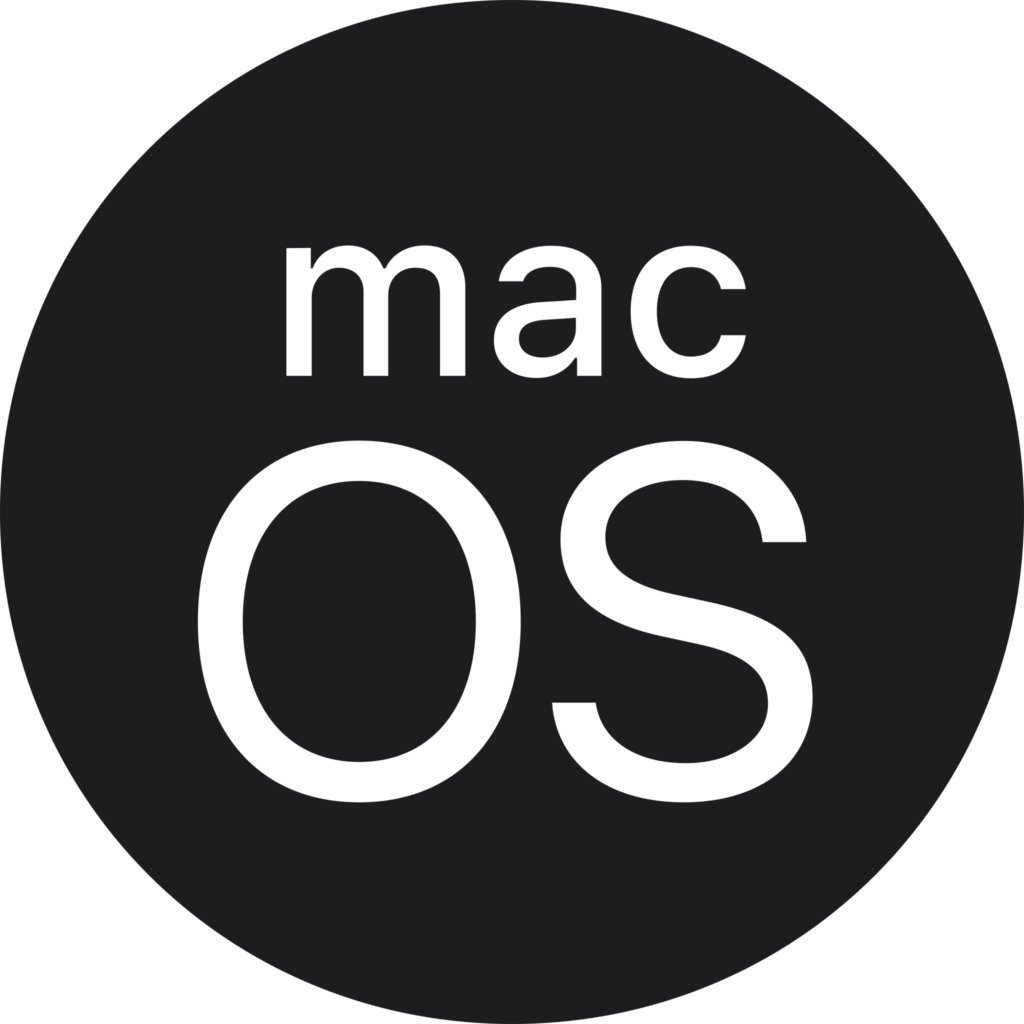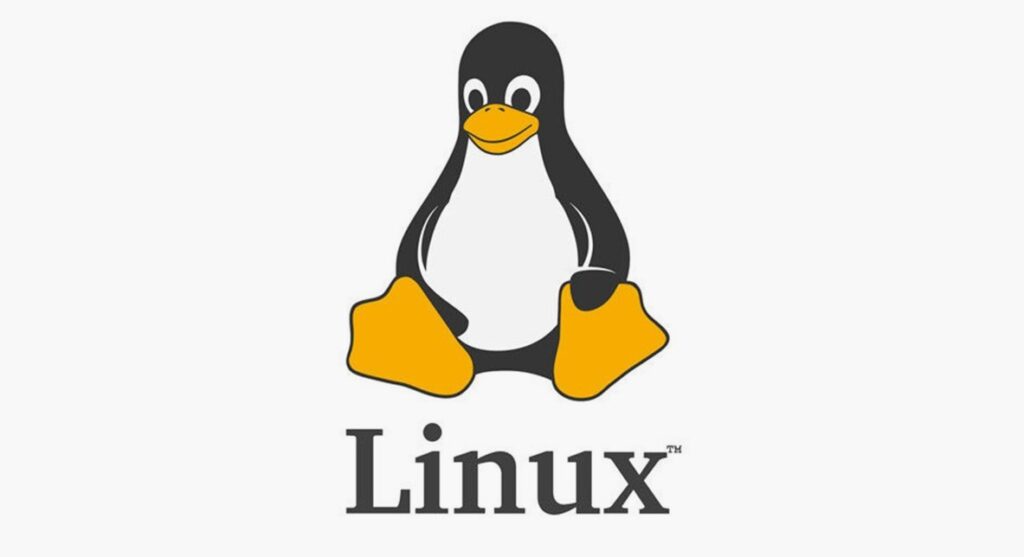Comprehensive Guide: How to Install MySQL on Windows, macOS, and Linux
MySQL is one of the most popular relational database management systems used for storing and managing data. Installing MySQL on your operating system is a straightforward process, regardless of whether you’re using Windows, macOS, or Linux. In this article, we’ll guide you through the installation steps for each platform, providing a detailed overview of the process. For more detailed information, you can also refer to our How to Install MySQL: Installation Steps for Windows, macOS, and Linux article.

1. Installing MySQL on Windows:
MySQL can be easily installed on Windows using the MySQL Installer provided by the official MySQL website. Here’s how you can do it:
- Download the MySQL Installer from the MySQL website and run it.
- The installer will present you with different versions of MySQL to choose from. Select the one that suits your needs and click “Download” to proceed.
- Once the downloaded file is opened, the installation wizard will guide you through the process.
- You can typically proceed with the default settings during the installation.
- After the installation is complete, MySQL Server and other tools will be installed on your computer.
Once MySQL is installed, you can manage it using MySQL Workbench or other MySQL tools available for Windows.
By following these steps, you can successfully install MySQL on Windows, macOS, and Linux operating systems. Remember that each platform has its specific requirements, so be sure to consult the official documentation or support resources if needed. For a more detailed guide, you can refer to our

2. Installing MySQL on macOS:
Installing MySQL on macOS is simple, and you can do it using Homebrew or by downloading it from the official MySQL website. Here’s how:
- Open Terminal (Applications > Utilities > Terminal).
- Use Homebrew to install MySQL by running the following command:
brew install mysql
After the installation is complete, start MySQL by running the following command:
brew services start mysqlYou can now access and manage MySQL on your macOS system.
Alternatively, you can download MySQL directly from the MySQL website and follow the By following these steps, you can successfully install MySQL on Windows, macOS, and Linux operating systems. Remember that each platform has its specific requirements, so be sure to consult the official documentation or support resources if needed. For a more detailed guide, you can refer to our installation instructions provided there. This method offers a more customized setup if you prefer manual configuration over Homebrew.

3. Installing MySQL on Linux:
Installing MySQL on Linux is also straightforward. Depending on your distribution, you can Remember that each platform has its specific requirements, so be sure to consult the official documentation or support resources if needed. For a more detailed guide use package managers like apt or yum. Here’s how to do it on Ubuntu and CentOS:
- Open Terminal.
- For Debian/Ubuntu, run:
sudo apt update
sudo apt install mysql-serverFor CentOS/RHEL, run:
sudo yum install mysql-server
After the installation is complete, start the MySQL service and enable it to start automatically on boot:
sudo systemctl start mysql
sudo systemctl enable mysqlTo ensure your MySQL installation is secure, run the following command to launch the security recommendations wizard:
sudo mysql_secure_installation
By following these steps, you can successfully install MySQL on Windows, macOS, and Linux operating systems. Remember that each platform has its specific requirements, so be sure to consult the official documentation or support resources if needed. For a more detailed guide, you can refer to our How to Install MySQL: Installation Steps for Windows, macOS, and Linux.




